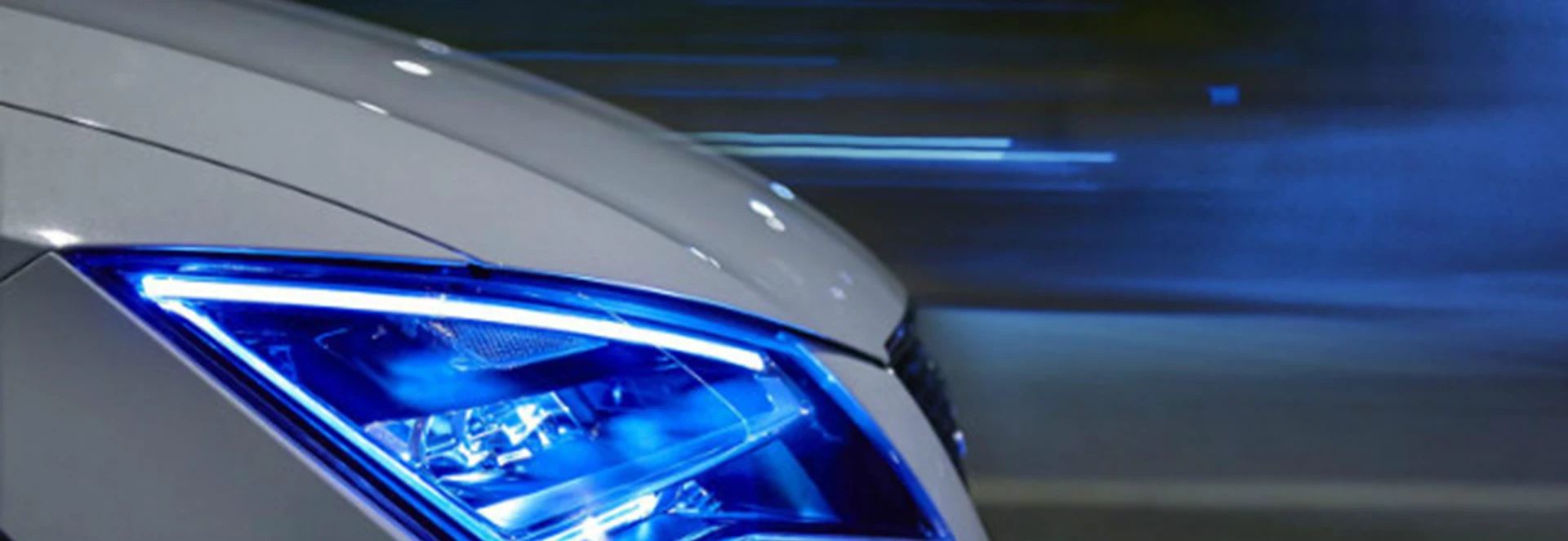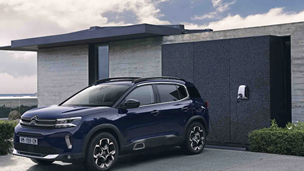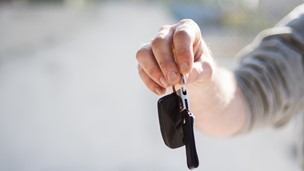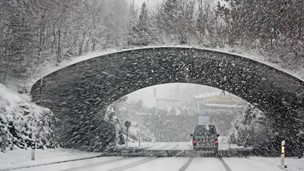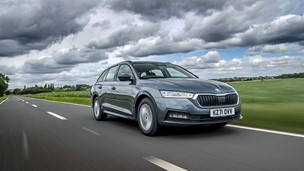Driving during the night time can be challenging, particularly when the weather conditions are also unfavourable. But it is something virtually all motorists will do, especially during the autumn and winter months.
You can check out our tips for driving in Autumn for advice on how to drive smartly during the night time.
In this guide, we’re going to focus on some of the mistakes drivers may make while driving in the dark and explain why they absolutely should be avoided.
DON’T overuse your high beams
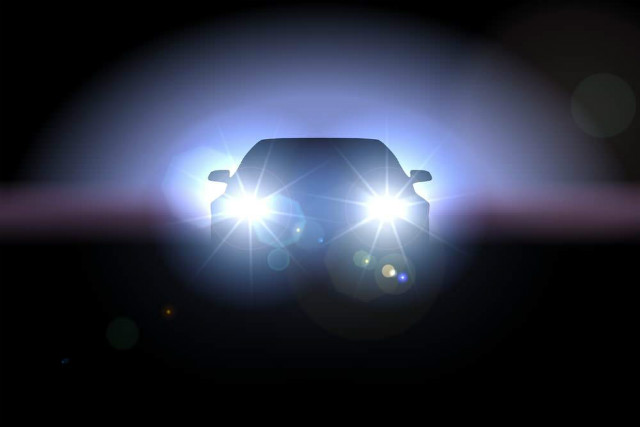
High beams can make driving at night a lot safer, as long as you use them correctly, otherwise they’ll have the opposite effect for yourself and other drivers.
Remember that high beams are for use on very dark, low-visibility areas where there isn’t much traffic. They should be off when you're following another car or if there is any oncoming traffic because the bright lights can distract other drivers and compromise their safety.
DON’T stare at oncoming lights
A trap some drivers can fall into while driving at night is getting distracted by the lights of oncoming cars. It can be easy to start staring if you’ve got a distinct set of headlights from, say, a massive truck or some kind of unconventional vehicle.
Staring into the lights of oncoming cars can dazzle you though and compromise your view of what’s immediately ahead. This especially applies if the oncoming driver hasn’t been considerate enough to turn off their high beams.
What’s best to do then is to just glance to the right-hand side of your lane, (or your left-hand side if you’re driving outside of the UK). At the same time though of course, stay alert enough that your peripheral vision can pick up any hazards nearby.
DON’T leave the headlights, windshield or mirrors alone if they’re dirty
Having your headlights, windshield and mirrors clean is crucial to making night time driving a safe experience.
If the headlights are at all faulty or covered in dirt then they won’t provide sufficient lighting for the road ahead and other drivers may fail to spot you. It’s worth cleaning these every few weeks and clean the windshield and mirrors as often as you can.
When visibility will already be limited, the last thing you need is a dirty windscreen or mirror making the job harder.
DON’T blast through countryside roads
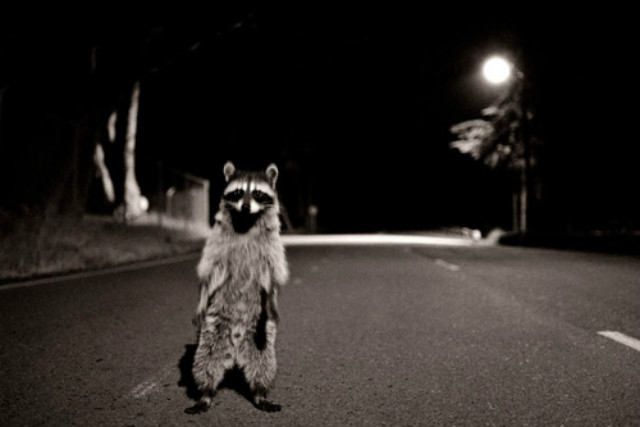
During the night time, the roads, particularly those in the countryside, can be very light on traffic, so you may well be tempted to push your car hard.
Driving fast through countryside lanes though is risky for a few reasons. It will be harder to see or react to any hazards that may suddenly crop up and be difficult to spot anyway. For instance, animals are more likely to try and cross countryside roads when it’s darker and quieter.
Even if you drive right on the speed limit it would probably be safer to slow things down. In the night, the highest speed that’s legal may not be the best to travel at.
DON’T wear the wrong type of glasses
If you have to wear glasses while driving, then it’s important to get the most appropriate type for the night time. Other cars headlights can cause extra problems for drivers with glasses as the lights can create obscuring glare.
To avoid this issue, you’ll want to get a pair of glasses with anti-reflective coating which can minimise these effects. Having a pair of such glasses in your car, along with a pair more suited for daytime driving, is the ideal approach.
